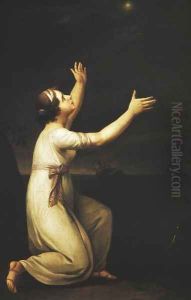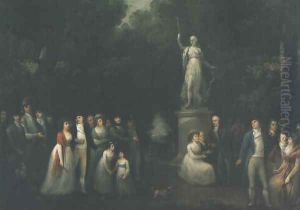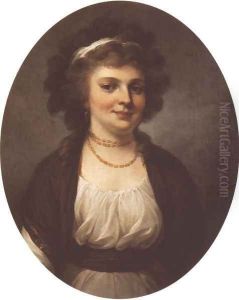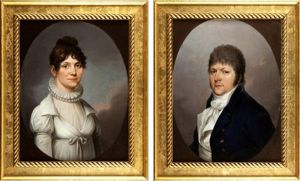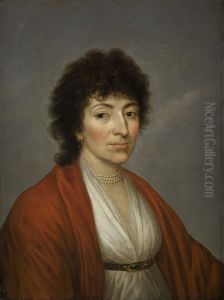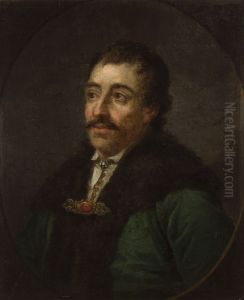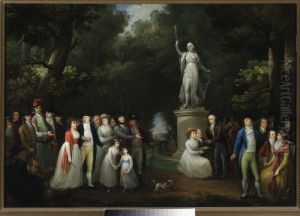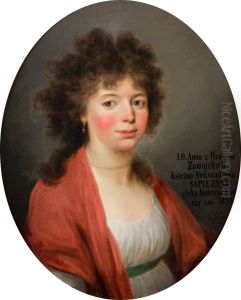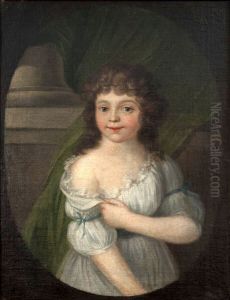Kazimierz Wojniakowski Paintings
Kazimierz Wojniakowski was a Polish painter and draughtsman, born in 1771 in the Polish-Lithuanian Commonwealth. He is known for his contributions to Polish art in the transition period between the Baroque and the Classicism eras. Wojniakowski was a student of Marcello Bacciarelli, a painter of Italian origin who served as the court painter of King Stanisław II Augustus, the last king of Poland. Under Bacciarelli's tutelage, Wojniakowski honed his skills and developed a style that incorporated both the lingering influence of the Baroque and the emerging clarity of Neoclassicism.
Wojniakowski's work captured a variety of subjects, including religious themes, portraits, and historical scenes. He was particularly adept at fresco and interior decoration, which led to commissions in some of the most significant buildings of his time, such as the Royal Castle in Warsaw. His art often reflected the patriotic and sentimental mood of the era, especially in the turbulent years leading up to and following the partitions of Poland, when the country was divided among Prussia, Russia, and Austria.
Despite the political unrest, Wojniakowski continued to work and contribute to the cultural life of Poland. His paintings, while not as widely known as some of his contemporaries, have been appreciated for their emotional depth and technical skill. Unfortunately, his life was cut short when he died in 1812, at the age of 41. His premature death meant that his potential was never fully realized, but his existing body of work remains a testament to his talent and his dedication to Polish art. Wojniakowski is remembered as a significant figure from a crucial period in Poland's artistic heritage.
